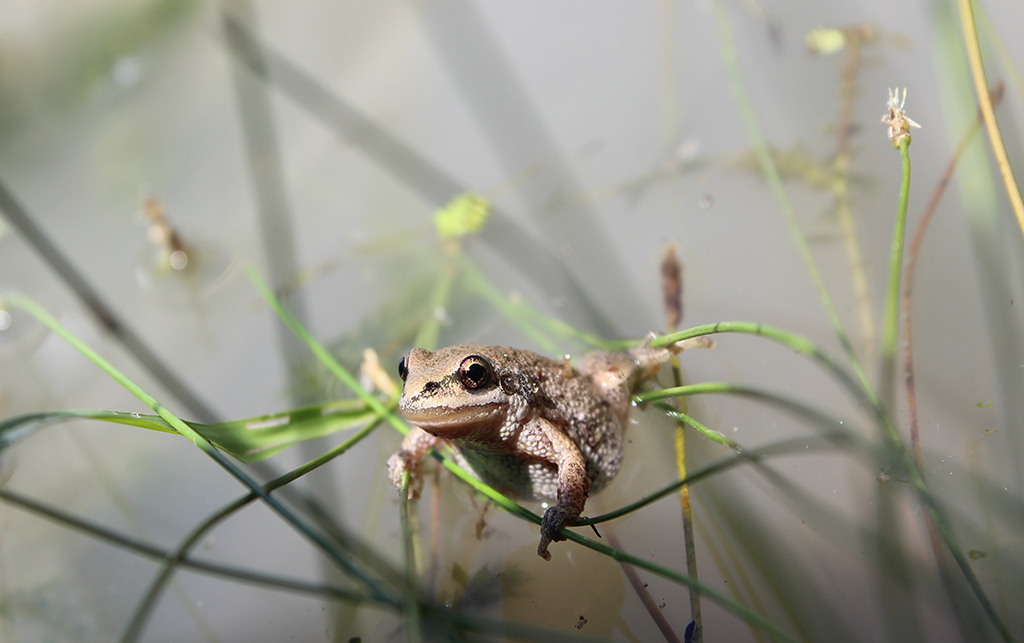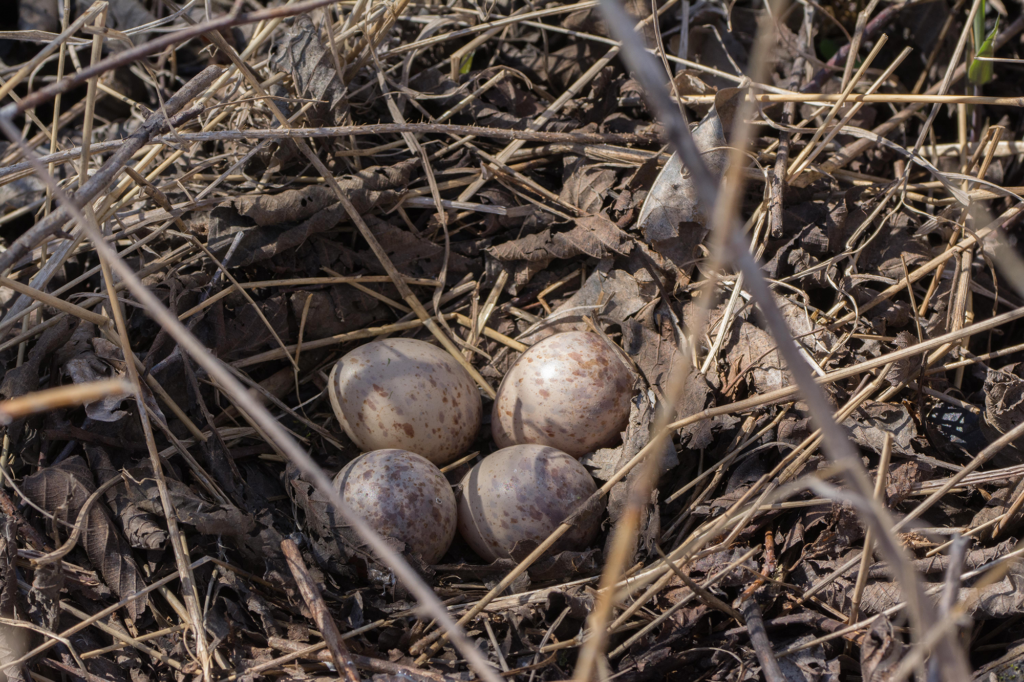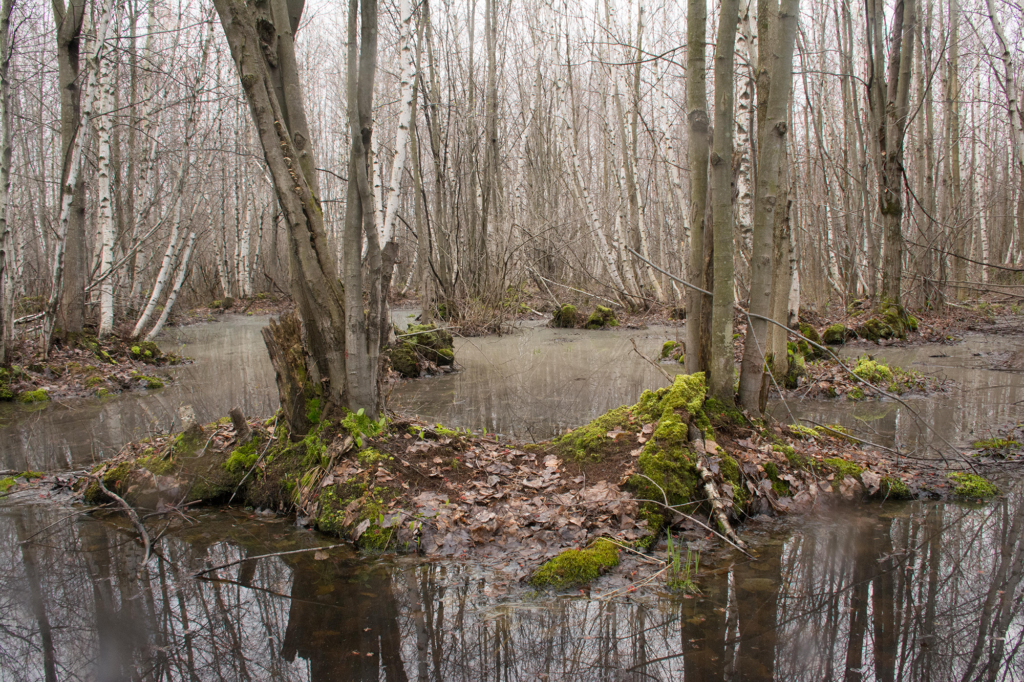The Western chorus frog’s spring song is endangered
For many, springtime is marked by the return of migratory birds. But at my WWF-Canada (home) office in Southern Quebec, a tiny amphibian barely measuring 2 – 4 cm launched the season with a song.
In fact, its characteristic sound is so similar to the stridulations of a cricket that this frog is named after it: Western chorus frog.

In addition to its very small size and song, the chorus frog stands out because of its status. In Quebec, it’s provincially classified as vulnerable while federally, the Western chorus frog Great Lakes / St. Lawrence – Canadian Shield population’s status is considered threatened.
When a small frog and developers covet the same land
The primary threat to the chorus frog — which has the misfortune of coveting places that are also highly prized by humans — is habitat destruction. On Montreal’s South Shore in particular, urban sprawl and development are shrinking its preferred habitat: wetlands.
These marshes, swamps, fields and clearings with both water and vegetation offer the chorus frog the best of both worlds: shallow water essential for breeding and terrestrial environments where it feeds, rests and hibernates.

An emblem of wetlands’ health
The Western chorus frog is said to be an umbrella species, which means that conservation actions to protect it also indirectly protect others. When we talk about its protection, we are also talking about protecting its habitat.
Working to keep wetlands healthy also helps many other species such as the American Woodcock, which similarly needs open wetlands when attracting a mate and woodlands for nesting, feeding and migration.

Wetlands are exceptionally rich ecosystems that provide great ecological services. In addition to providing habitat for many species —terrestrial and aquatic, plant and animal — they filter pollutants and sediments from the water and are natural regulators that reduce the risk of flooding and shoreline erosion.
What is WWF-Canada doing?
In addition to being part of the Western Chorus Frog Recovery Team (a group of experts led by the Quebec’s ministère des Forêts, de la Faune et des Parcs), WWF-Canada is also working to enhance and protect the frog’s wetland habitat in various ways:
- By proposing tools to improve climate resilience; promoting and working on the implementation of green and blue infrastructure projects such as Bleue Montréal and the Blue Resilience Research-Action Centre; and raising public awareness of the risks associated with climate disruption in urban areas.
- By working to protect the natural environments of southern Quebec, a region identified as a priority by WWF-Canada in our 2019 Wildlife protection assessment. The areas near the St. Lawrence River, where the threatened chorus frog lives, are a priority because of the overlap of four key elements: the large amount of carbon in the soil; forest biomass; climate refuges; and the high number of populations of at-risk species. Protecting the natural environments of this region will promote biodiversity and reduce the impacts of climate change.


